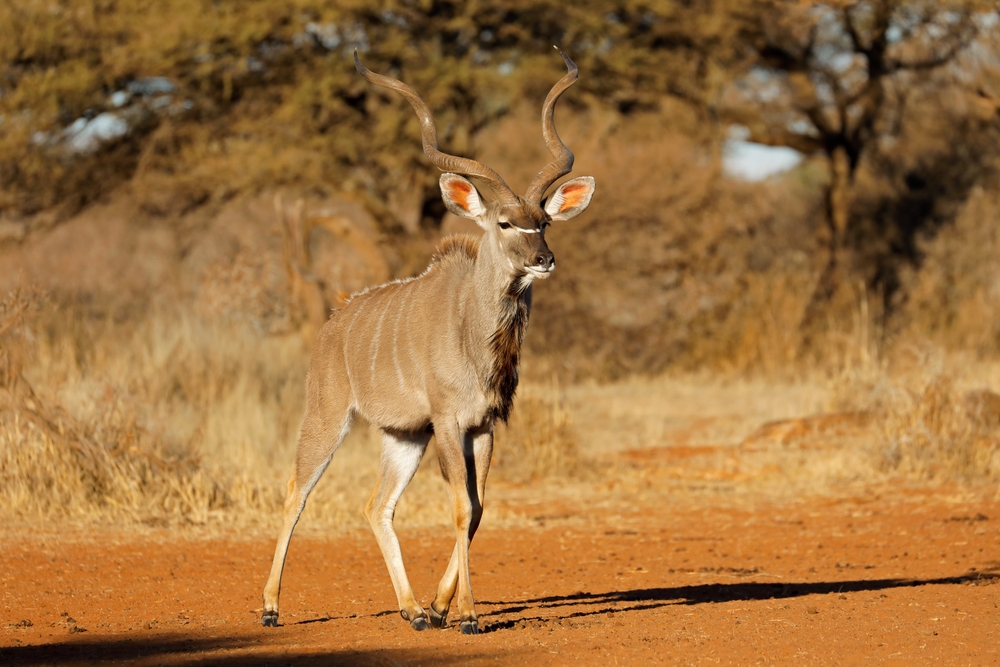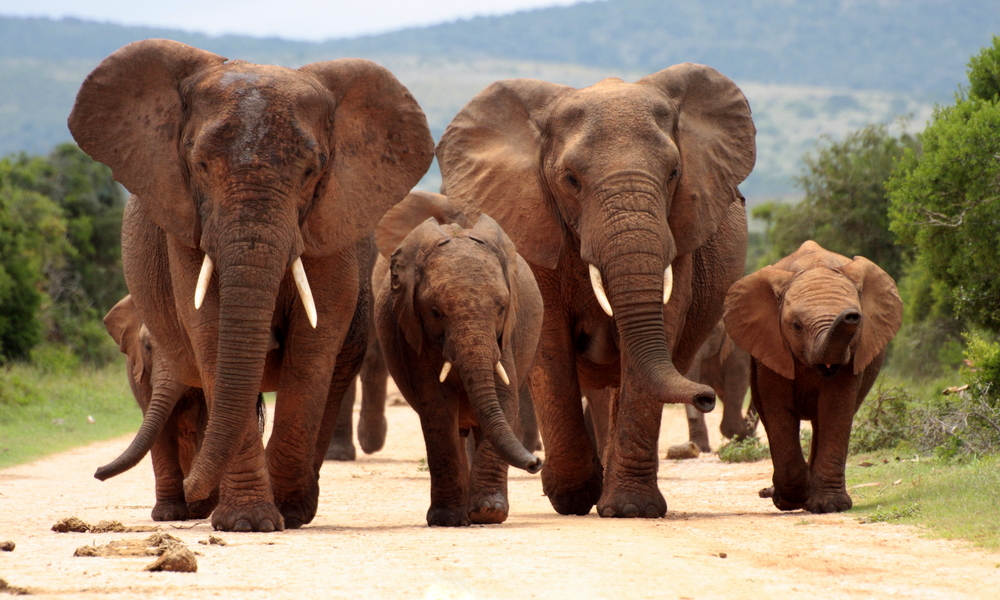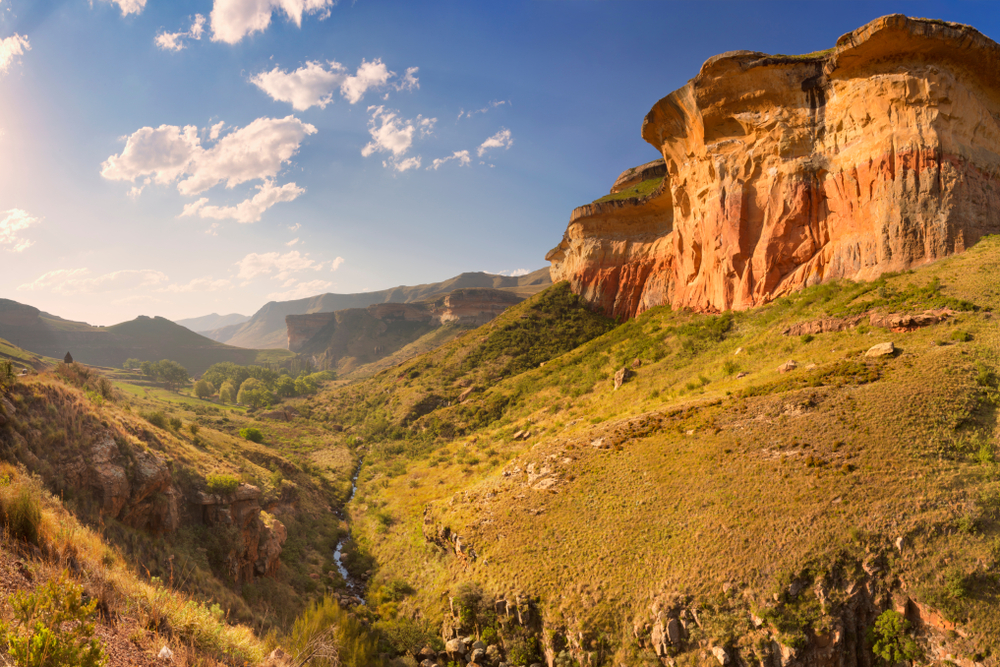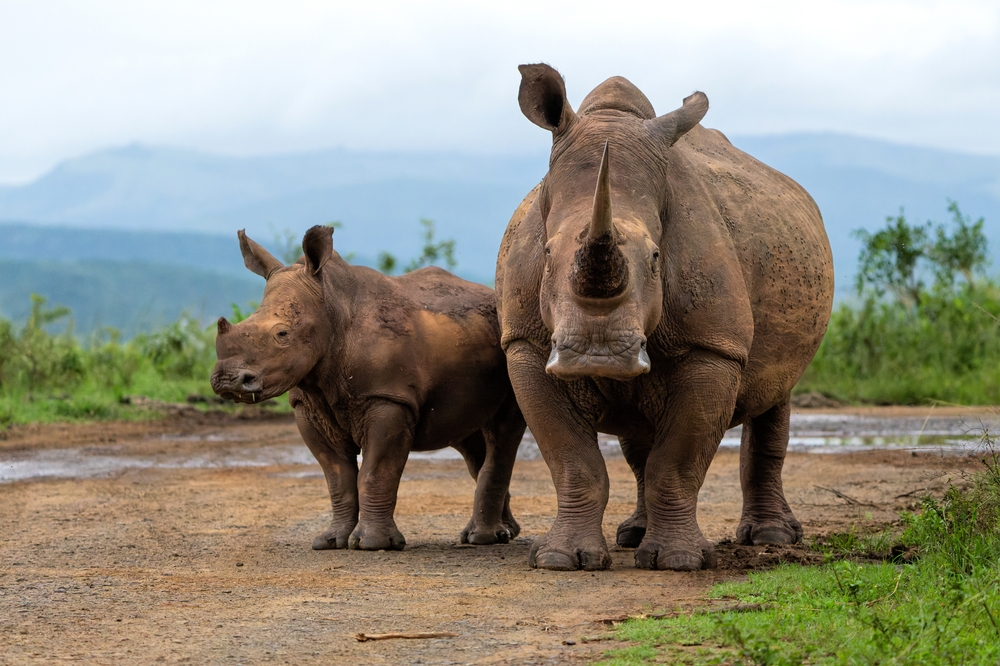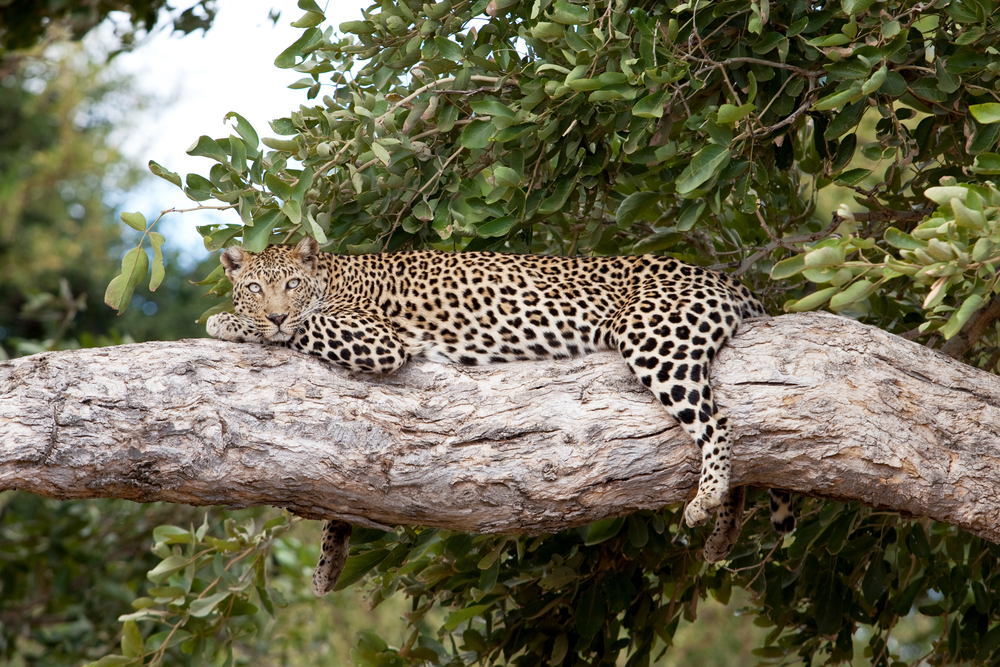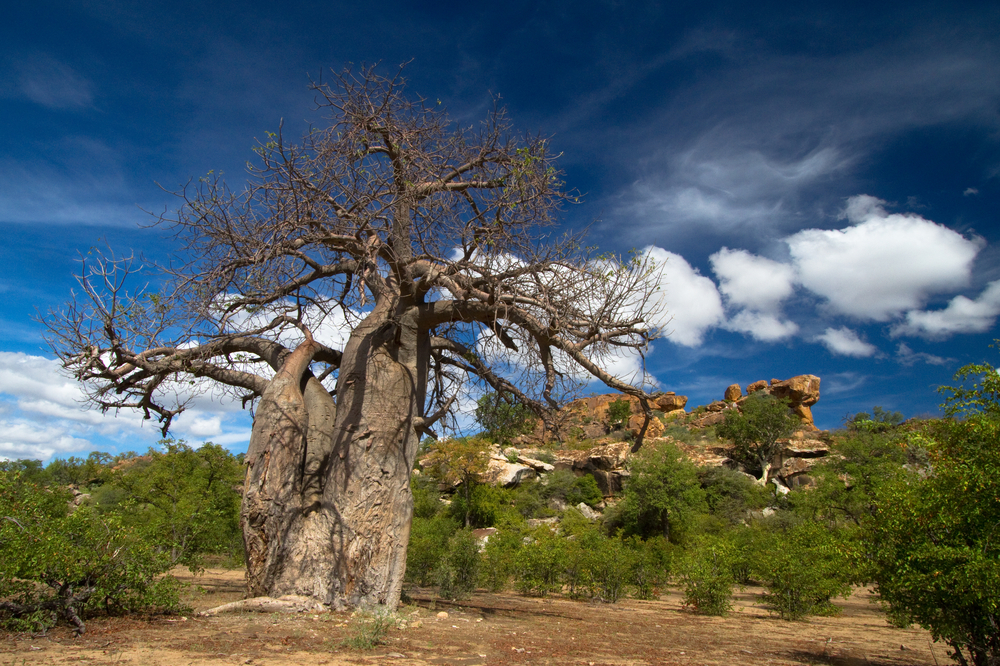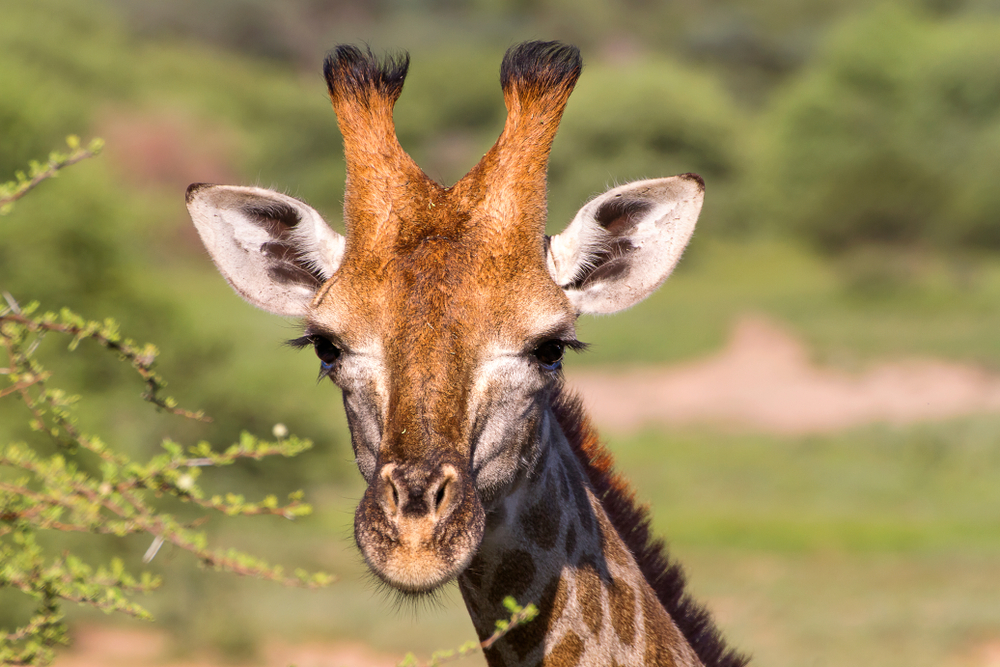Mokala Overview
Mokala National Park, located in South Africa’s Northern Cape Province near Kimberley, is a hidden gem in the country’s network of protected areas. Established in 2007, the park covers approximately 196 square kilometers (76 square miles) and is named after the Setswana word “mokala,” meaning camelthorn tree—a prominent feature of the park’s landscape. Known for its tranquility and rich biodiversity, Mokala provides a sanctuary for endangered species and a serene escape into nature.
The terrain of Mokala National Park is characterized by undulating hills, open savannas, and seasonal rivers. The park’s unique landscapes are dotted with red sand dunes, rocky outcrops, and dense thickets of camelthorn trees. This mix of habitats creates a visually stunning environment and supports a wide range of plant and animal species. The semi-arid climate of the Northern Cape, with its hot summers and cool winters, shapes the vegetation and wildlife of the park.
The park is home to several significant wildlife species, with a focus on conserving rare and endangered animals. Mokala provides a refuge for white and black rhinos, sable antelopes, and roan antelopes. Other species include giraffes, zebras, buffalo, and kudu, while smaller predators like caracals and jackals roam the area. Bird enthusiasts can enjoy spotting over 140 bird species, including sociable weavers, secretary birds, and pygmy falcons. The dense camelthorn forests also support a variety of reptiles and insects, enhancing the park’s ecological diversity.
Visitors to Mokala National Park can engage in a range of activities that highlight its natural beauty. Game drives, both guided and self-driven, offer opportunities to observe wildlife in their natural habitats. Walking safaris provide a closer look at the park’s unique ecosystems, and birdwatching is particularly rewarding due to the park’s rich avian life. Fishing is permitted in designated areas, adding a tranquil option for outdoor enthusiasts. The park also offers picnic spots and rustic accommodations, including chalets, campsites, and luxury lodges, ensuring a comfortable stay for visitors.
Despite its successes, Mokala National Park faces challenges such as habitat loss, human-wildlife conflict, and the impacts of climate change. Conservation efforts by South African National Parks (SANParks) include habitat restoration, anti-poaching initiatives, and programs to control invasive species. The park also serves as a breeding ground for endangered species, contributing to broader conservation efforts across South Africa. Community engagement and sustainable tourism initiatives ensure that the park remains a model of balanced ecological preservation and visitor enjoyment.
Mokala National Park is a serene and significant addition to South Africa’s conservation landscape. Its picturesque terrain, diverse wildlife, and focus on protecting rare species make it a must-visit destination for nature lovers and eco-tourists. By safeguarding Mokala, South Africa ensures the preservation of its unique ecosystems and reinforces its commitment to biodiversity conservation.








































































